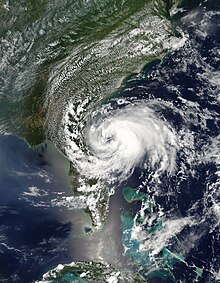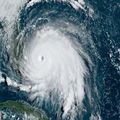TheStormExpert wrote:northjaxpro wrote::uarrow:Yeah, I read what Cosgrove mentioned. I would say that it is definitely plausible to see arctic air invade down across the Eastern CONUS during the period from December 15-22. However , for Florida as a whole to really get impacted by arctic cold, again the NAO has to go negative asd123. As I mentioned earlier, we haven't really seen the NAO tank significantly to bring arctic air deep into the Florida peninsula since January 2010.
I kind of look at Central and South Florida's extreme cold escapes as a blessing. I compare it to the peninsula missing getting impacted by major hurricanes going now towards 10 years.. However, at some point, our luck will run out eventually and either situation is going to happen.
A long ways to go though, and tomorrow marks the beginning of the meteorological start of the winter 2014-15 season.
Actually December 2010 was the last time the NAO really tanked negative. I remember on the morning of December 14th, 2010 it got down to 30.3°F at my house here in Palm Beach Gardens, FL! I have proof as well.
http://i61.tinypic.com/oua22q.jpg
You're right, TheStormExpert and the NAO tanked in late Novemeber early December, lower NAO values than 2009-2010 winter. ftp://ftp.cpc.ncep.noaa.gov/cwlinks/nor ... rent.ascii
Personally, I think not only the NAO can bring severe cold to cfla. It's more than one factor.
In January 1985 Orlando saw its all time record low of 19F and the NAO was higher at that time than December 2010. 12/2010 was not warm for cfla but not a severe arctic air mass. Like northjaxpro said, the NAO does play a significant role in bringing Florida arctic air. But the severity of an arctic air mass is probably determined by other factors.













